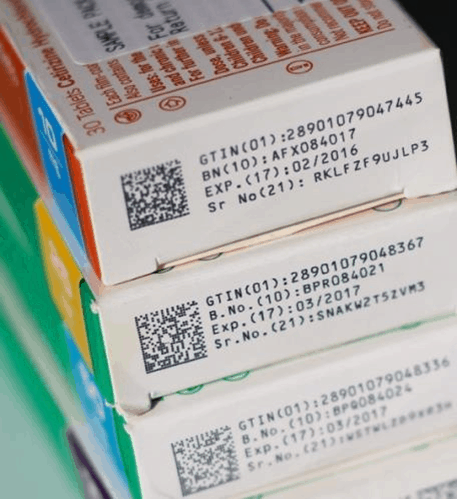Since the June Brexit result, there has been considerable confusion over the progress and potential impact of European legislation that is still in running. One element is the Falsified Medicines Directive (FMD), published in February of this year, and which is due to be fully implemented in 2019.
In a bid to dispel some of the confusion, the Chief Pharmaceutical Officer, Dr Mark Timoney, recently chaired a progress update by the Medicines and Healthcare products Regulatory Agency (MHRA) in a bid to update NI stakeholders on the FMD new safety features.
The FMD followed on from an EU Council Directive from 2011 and is intended to reduce the occasions on which falsified medicines enter the legitimate supply chain.
The directive will affect any medicine product with a false representation of:
* its identity, including its packaging and labelling, its name or its composition as regards any of the ingredients including excipients and the strength
* its source, including its manufacturer, its country of manufacturing, its country of origin or its marketing authorisation holder, or
* its history, including the records and documents relating to the distribution channels used
As a result, safety features are to be introduced to enable manufacturers, wholesale distributors and those who supply to patients to not only verify the authenticity of the medicinal product, but also to verify whether the outer packaging has been tampered with.
These safety features include a 2D bar code with a unique identifier and tamper evident packaging: measures which will affect all prescription medicines (unless they’re exempted).
The unique identifier features:
* a sequence of alpha-numeric or numeric characters given to the individual pack
* a code allowing identification of the name
* common name, pharmaceutical form and strength as a minimum
* reimbursement information if required by MS,
* batch number, and
* expiry date
Portadown pharmacist, Turlough Hamill, who attended the MHRA meeting comments that, ‘As pharmacists, we’re well aware of the need to protect the public against falsification of some drugs, particularly biological or higher risk drugs, so it’s vital that steps are taken not only to avoid counterfeit medicines entering the supply chain, but also to be able to trace the point of entry of those that do manage to enter the chain at some point.
‘What came out of the MHRA presentation was that everything hinges on the point at which the product code is decommissioned. For most stakeholders this is at the point of dispensing or, if not practical, the following day, but what became clear during the course of MHRA’s presentation, was that different procedures will apply in different pharmacy settings – in hospitals or in family planning clinics, for example.
‘The full implications of FMD haven’t been fully ironed out yet . How, for example, do you decommission the code in the hospital setting since the wholesaler can’t decommission the code on behalf of the distributor?
‘From a pharmacy point of view, there will definitely be a requirement for an additional software upgrade and I would imagine that the cost of that upgrade will fall on the contractor. The fact that we’re still three years away from implementation of this directive means that there’s plenty of time for FMD to be sorted. It’s vitally important that the risk of falsified medicines entering the supply chain is reduced and this risk remains whether we are still part of Europe or not. In today’s world of online purchasing, controls are even more vital, and FMD, when fully implemented will play an important role in reducing the risk to the public.’



